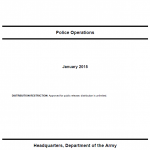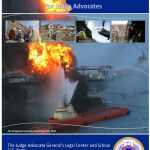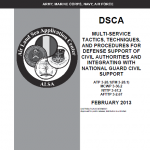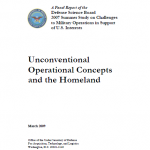For the last two fiscal years, the President’s Budget Submissions for the Department of Defense have included purchases of a significant amount of combat equipment, including armored vehicles, helicopters and even artillery, under an obscure section of the FY2008 National Defense Authorization Act (NDAA) for the purposes of “homeland defense missions, domestic emergency responses, and providing military support to civil authorities.” Items purchased under the section include combat vehicles, tanks, helicopters, artillery, mortar systems, missiles, small arms and communications equipment. Justifications for the budget items indicate that many of the purchases are part of routine resupply and maintenance, yet in each case the procurement is cited as being “necessary for use by the active and reserve components of the Armed Forces for homeland defense missions, domestic emergency responses, and providing military support to civil authorities” under section 1815 of the FY2008 NDAA.
Read more →




